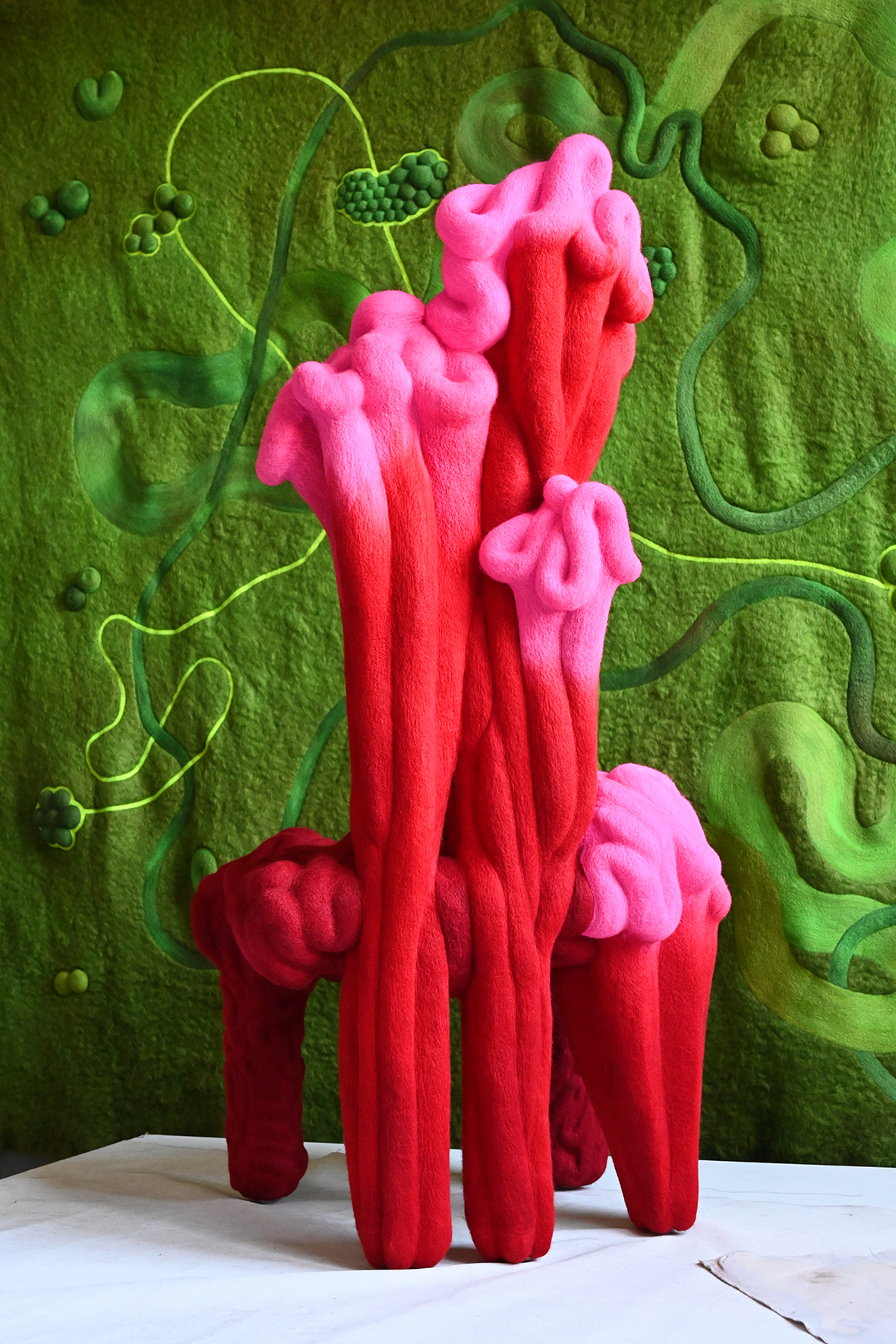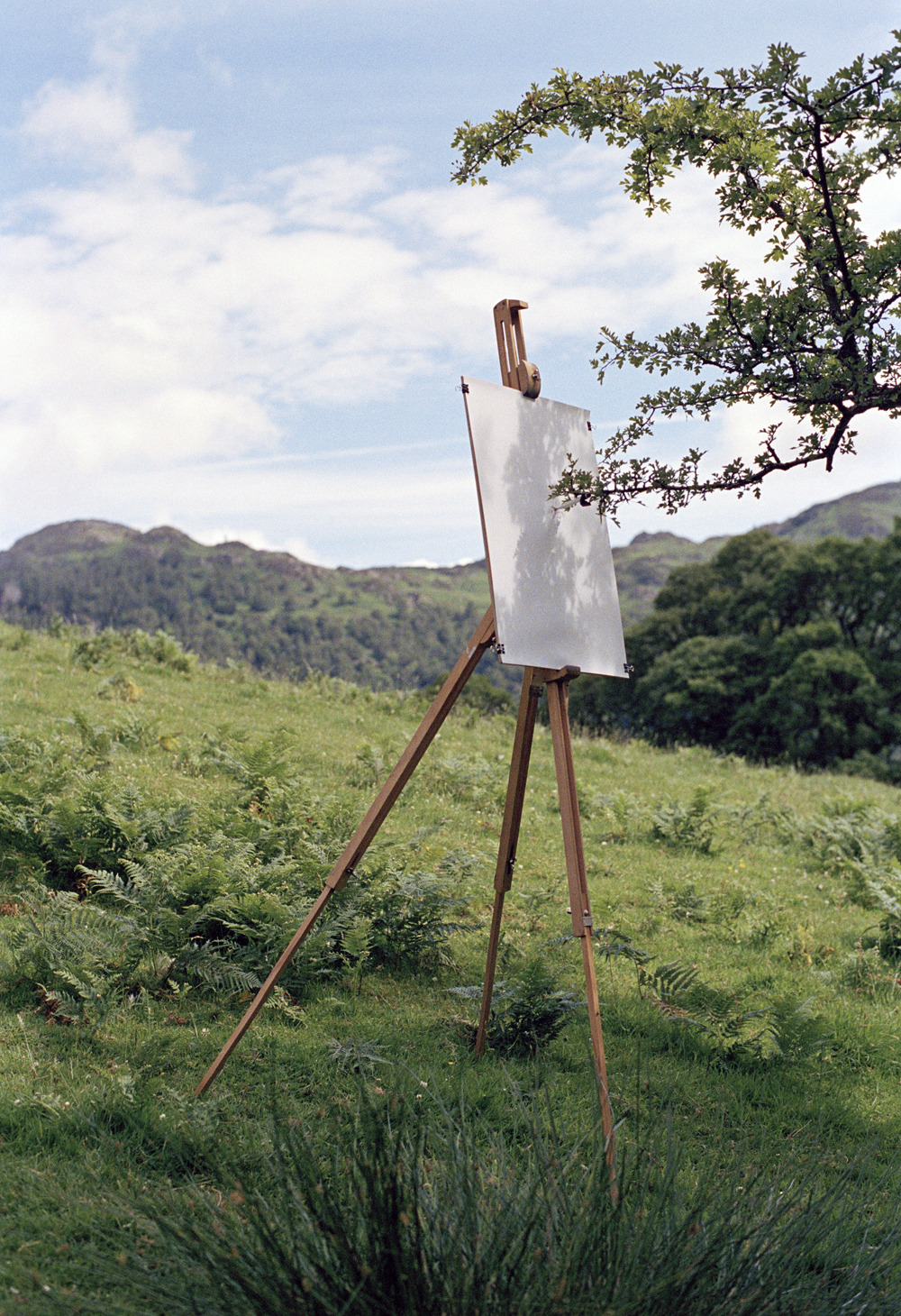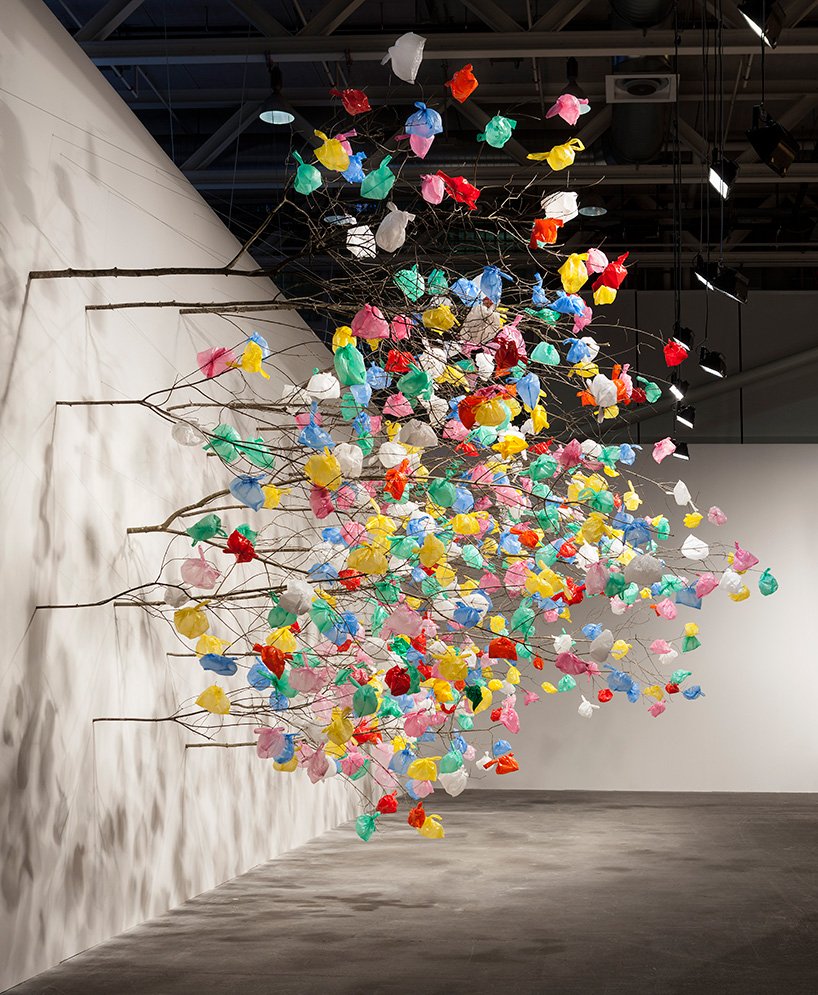
Liam Lee
Untitled 05
“I look at forms in nature for inspiration – from microscopic organisms like bacteria and viruses, to moss covered stones, branches of trees, the human body, seedpods, landscapes, star charts, etc., then try to bring all of these disparate elements together in the work”











